
9 creeping shrubs
to cover, green and flower at ground level
Contents
Charming evergreen carpets, groundcovers adorned with flowers, or low bushes languidly spreading, the creeping shrubs are plentiful and adapt to many configurations. Whether you wish to green a slope, fill the base of trees, flower the edge of a slightly bare border, or create a rockery, our selection guides you to 9 of the most interesting creeping shrubs.
Prunus pumila ‘Depressa’ or creeping Sand cherry
Rustic to -15°C, the Prunus pumila ‘Depressa’ is a fine example of a shrub that can green up very well-drained and poor areas of land. Belonging to the rose family, it is native to the sandy shores of North America. Adapted to harsh winters and moisture, this small deciduous shrub does not exceed thirty cm in height but can spread its branches over an area of 2.50m thanks to its rootstock. It boasts lovely white flowers in spring, followed by small edible black cherries that are appreciated by birds, hence its vernacular name of Sandy creeping cherry. In autumn, its foliage turns a striking orange-red for a beautiful ornamental effect. Plant it in well-drained but cool soil all year round – for example, in a large rockery or at the edge of a border – and in full sun.
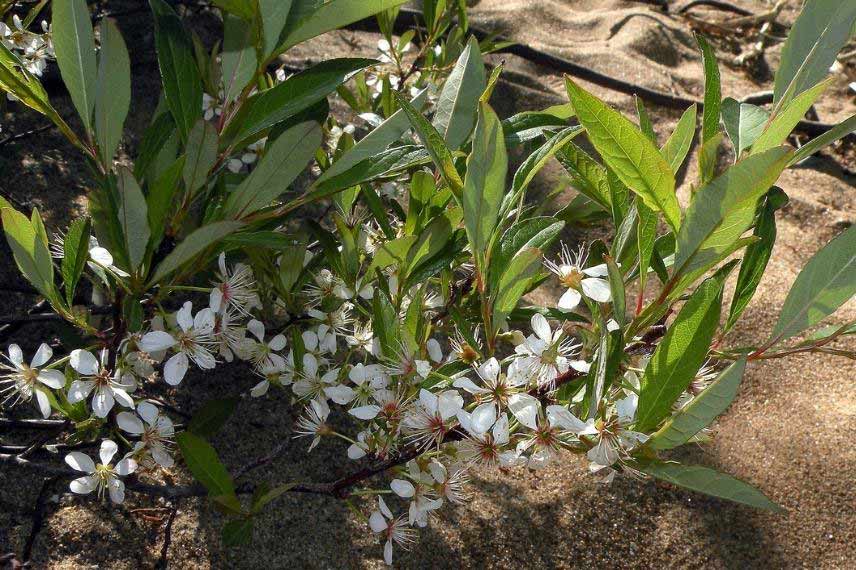
Prunus pumila ‘Depressa’
Cotoneaster horizontalis or creeping Cotoneaster
Cotoneasters are well-known groundcover shrubs, either evergreen or semi-evergreen, appreciated by gardeners. Robust and easy to establish in the garden, even for those who lack a green thumb, they quietly spread their branches to cover large areas where maintenance will no longer be a concern. The Cotoneaster horizontalis will reach an adult height of 1m with a spread of 1.5m. Its arching branches bear small, leathery, bright green leaves that turn red-orange in autumn. It is adorned with small white, melliferous flowers in May, followed by bright red berries in September that birds enjoy. Evergreen throughout winter, this multitude of red dots creates a lovely decorative effect during the cold season.
To ensure it thrives easily, plant it in fertile, well-drained soil, even if it is calcareous. It will prefer full sun or partial shade and can withstand temperatures down to -15°C. To dress a slope, rockery, or the edges of your home, it will work wonders. And why not take advantage of its ease of cultivation to effectively and effortlessly green up neglected, somewhat dreary spaces? Its greenery and colours will bring cheer, and maintenance will be almost non-existent once it is well established.

Cotoneaster horizontalis
→ Sophie’s advice: besides Cotoneaster horizontalis, the genus Cotoneaster includes many creeping shrubs that will serve the same purpose: Cotoneaster adpressus, Cotoneaster dammeri, Cotoneaster microphyllus or Cotoneaster integrifolius… make room for them, these shrubs are truly very easy to care for!
Discover other Creeping trees and shrubs
View all →Available in 0 sizes
Available in 1 sizes
Available in 1 sizes
Available in 1 sizes
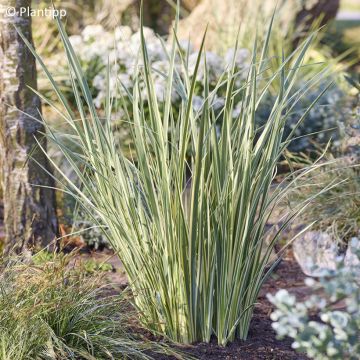
Available in 1 sizes
Available in 1 sizes
Available in 1 sizes
Available in 1 sizes
Available in 2 sizes
Available in 1 sizes
Microbiota decussata or Siberian creeping cypress
Extremely hardy and resilient, the Creeping Siberian Cypress or Microbiota decussata is a creeping conifer that is very useful for horizontal greening. Adopting a very spreading compact habit, it can reach (albeit slowly) 2 to 4 m in width and a height of 45 cm. Unmatched in a rockery or on a large bank, it thrives in full sun, even in poor and calcareous soils. Provided it is planted in well-draining soil, it can withstand temperatures below -15°C and will also tolerate drought. Its evergreen foliage consists of light green scale-like leaves that gradually take on a winter bronze to orange hue in cold climates. Adopt it without hesitation to fill the most challenging or arid areas of the garden; its undemanding nature is unparalleled!
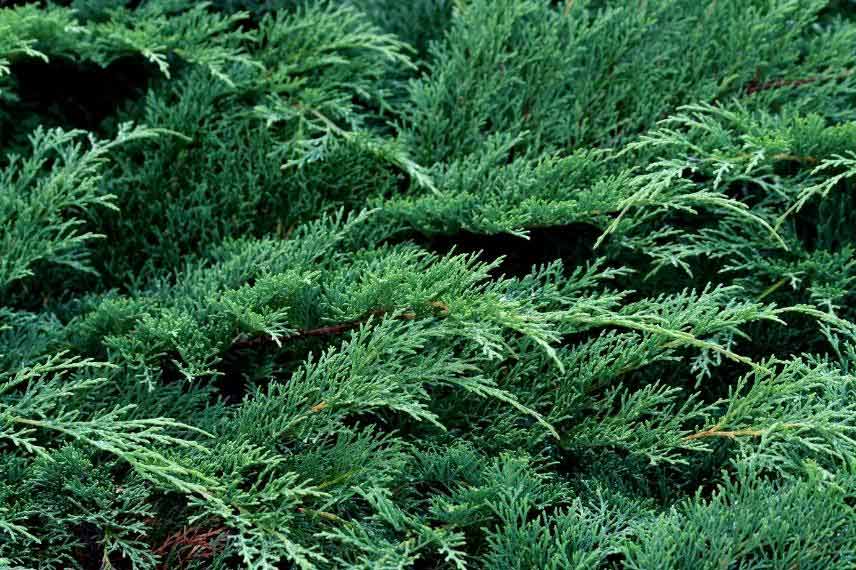
Microbiota decussata
Erica darleyensis or Winter heaths
Thanks to winter heathers, even the dreariest winter day will become bearable! Remarkable for their vibrant colours, they brighten and illuminate acidic soil areas with their countless little pink or white bells. Winter heathers come in various varieties:
- Erica darleyensis ‘Darley Dale’, pink-mauve,
- Erica x darleyensis ‘Kramer’s Rote’, bright pink
- Erica darleyensis ‘White Perfection’, pure white
- Erica x darleyensis ‘Eva Gold’, magenta
- or Erica x darleyensis ‘Winter Belles Phoebe’, salmon pink.
In the heart of winter, often from November to March depending on the variety, these small shrubs with fine evergreen foliage bloom continuously. Very hardy and easy to grow, provided they are placed in well-drained, acidic soil, winter heathers will take on a rounded and spreading habit, reaching 40 to 50 cm in height and 60 to 80 cm in width. They are therefore excellent groundcover shrubs.
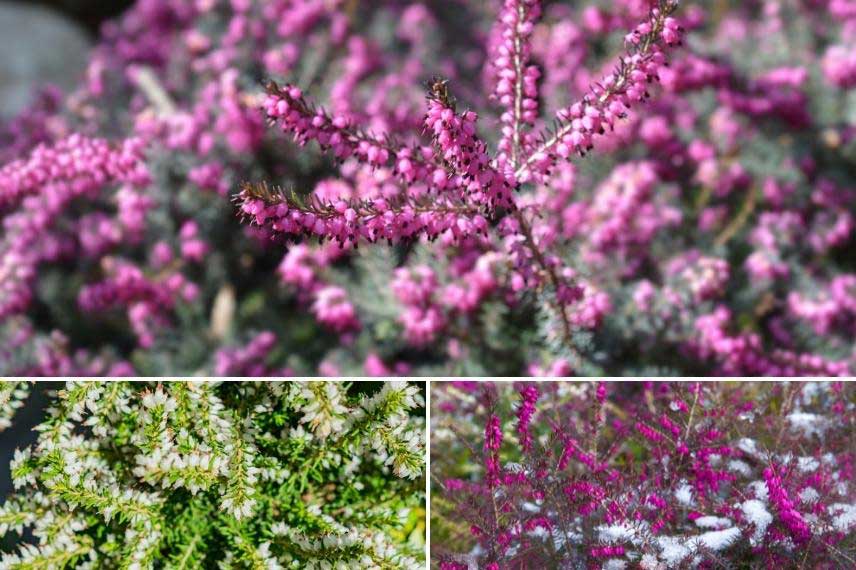
The different shades of flowers of Erica darleyensis
→ To learn all about heathers: “HEATHERS: PLANTING, PRUNING AND MAINTAINING
Escallonia ‘Red Carpet’

Escallonia ‘Red Carpet’
→ Check out our articles on Escallonias: “ESCALLONIA: PLANTING, PRUNING, MAINTENANCE” and “Growing an Escallonia in a pot – ON THE BALCONY OR TERRACE”
Euonymus fortunei ‘Sunspot’ or creeping spindle
Very bright, the Euonymus fortunei ‘Sunspot’ adds a real touch of sunshine to your flower beds! This creeping shrub boasts beautiful evergreen foliage in butter yellow, marginate with green. Its young, bright yellow shoots grow quite slowly to a height of 40 to 45 cm and spread 70 to 80 cm. It forms a dense groundcover shrub, under which weeding is not necessary at all. Preferring partial shade, it thrives in well-drained but not overly dry soil. Hardy down to -15°C, it is easy to grow and will find its place in a rockery, trailing over a low wall, at the edge of a flower bed, or even in a lovely pot.
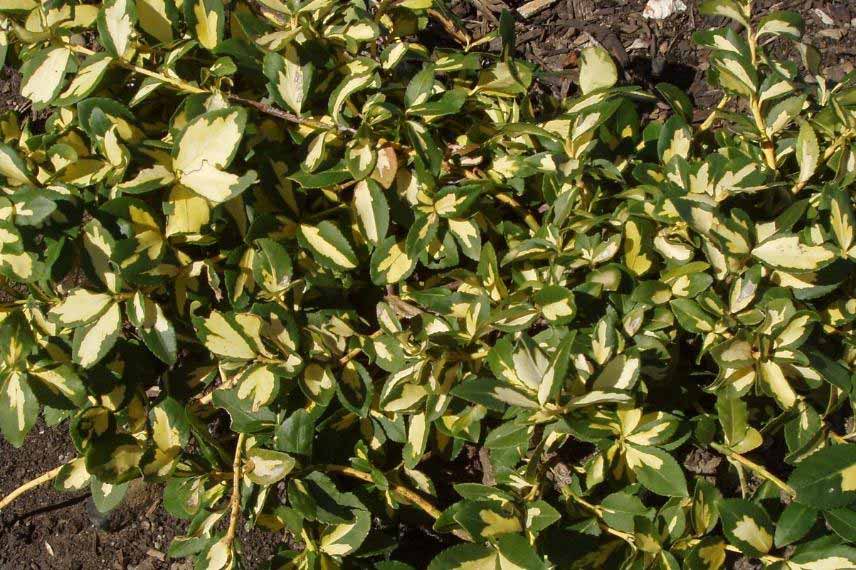
Euonymus fortunei ‘Sunspot’
→ Sophie’s advice: many other Euonymus fortunei are admirable creeping shrubs: the Euonymus fortunei‘Coloratus’, the Euonymus fortunei ‘Harlequin’, the Euonymus fortunei ‘Minimus’, or the astonishing Euonymus fortunei ‘Wolong Ghost‘… showcase them when you want to easily fill an empty space or fill a pot with a beautiful subject all year round. They will reward you well!
→ To learn all about spindles, check our guide: “SPINDLE, EUONYMUS: PLANTING, PRUNING AND MAINTAINING
Juniperus procumbens ‘Nana' or creeping Juniper
Slowly, the Creeping Juniper Juniperus procumbens ‘Nana’ stretches its scale-like branches in a stunning bright green. This evergreen conifer is the perfect subject for covering a slope or dressing a rockery. Little maintenance is required once planted: it does not need pruning, and once established, “weeds” will have little chance of growing beneath its thick thorny foliage. Hardy down to -15°C and not demanding regarding soil type, which it prefers to be well-drained even if poor and occasionally dry, it can find its place in gardens across many regions. At maturity, it will form a carpet with a very spreading habit, reaching 30 cm in height and an expanse of 1 m.

Juniperus procumbens ‘Nana’
Salix repens or creeping willow
This lovely little creeping willow, with a somewhat slow growth rate, will not exceed 70 to 80 cm in height and width. The Salix repens spreads by suckers, new shoots that form underground from the roots. It begins to display a lovely flowering of silky yellow aments in March-April. The deciduous foliage then appears, consisting of small, silver, oblong leaves measuring 2 to 4 cm long. Naturally found in many environments, it is an excellent groundcover that helps retain soil on slopes and banks. It thrives in moist situations but can also adapt to temporary drought. Requiring fairly deep soil, preferably neutral to acidic, even clayey or waterlogged, it is hardy down to -15°C and enjoys both sun and partial shade.

Salix repens
Rosmarinus officinalis ‘Prostratus’ or creeping Rosemary
No need to introduce rosemary as it is a staple in our gardens! Both ornamental and aromatic, as well as medicinal, it has been cultivated throughout history and brings joy to gardeners and bees alike when in flower. In its creeping form, Rosmarinus officinalis ‘Prostratus’ appears as a prostrate shrub, reaching heights of 10 to 30cm and spreading up to 1.25m depending on growing conditions. Planted above a low wall, it will elegantly cascade down, softening the outline and the overly mineral aspect. In a dry rock garden, it will pair beautifully with garrigue plants.
It is a Mediterranean and sun-loving plant, though it tolerates cold fairly well in well-drained soil (down to about -15°C). Therefore, it can acclimatise in many regions. However, in cold and damp climates, it will start to suffer at around -10°C; it is then preferable to grow it in a pot. The lavender-blue flowers appear in early spring in mild climates and again in late summer.
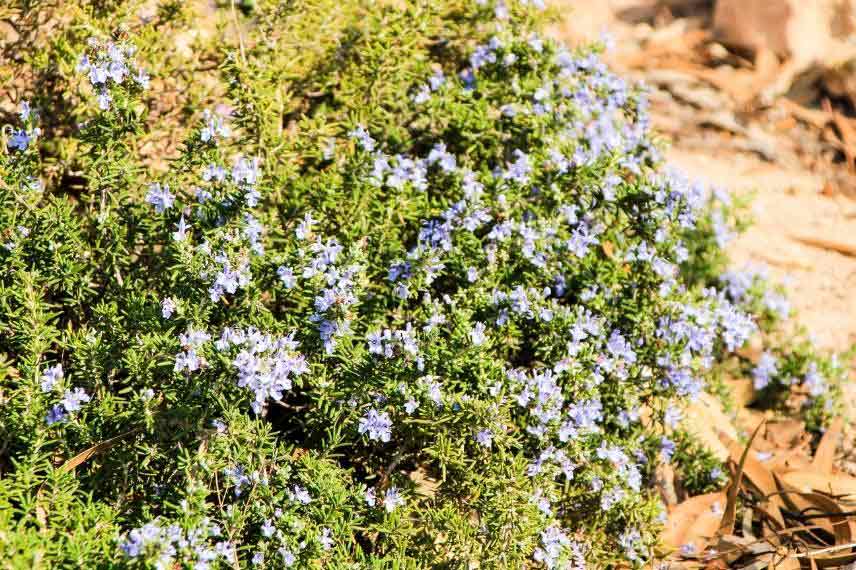
Rosmarinus officinalis ‘Prostratus’
→ To learn all about growing rosemary: “ROSEMARY: PLANTING, BENEFITS, HARVEST
- Subscribe!
- Contents

































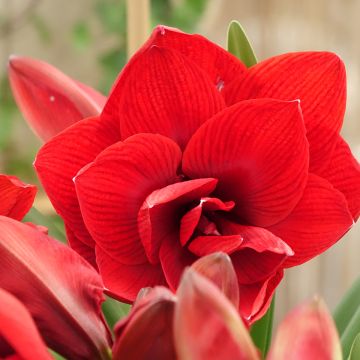


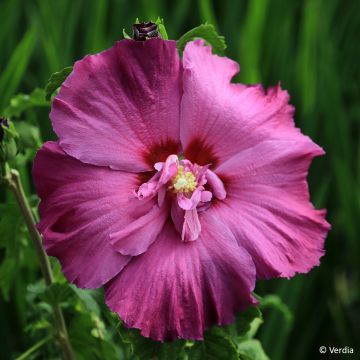

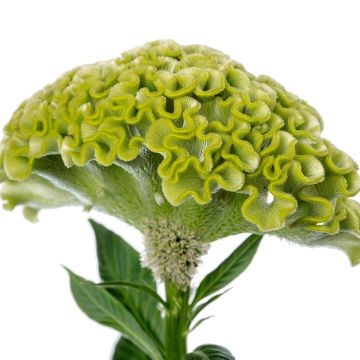
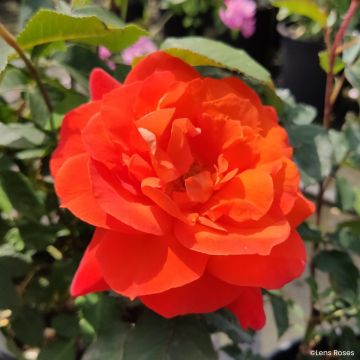

Comments